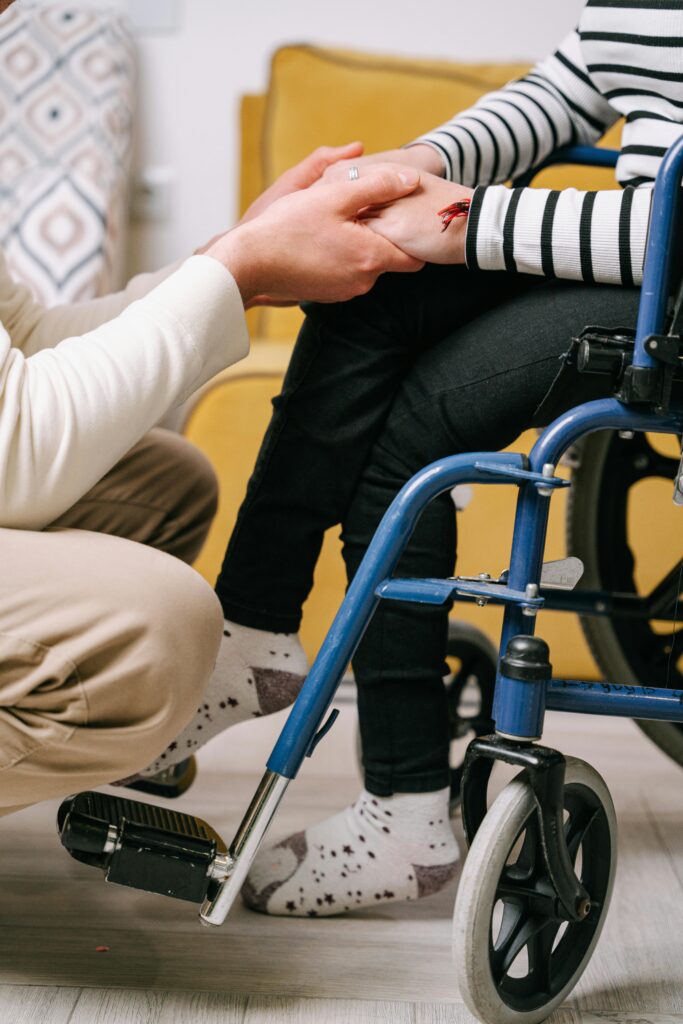Creating an environment for care at home includes more than setting up a spare room or clearing clutter. The home’s layout and features should be adjusted to fit medical needs, daily routines, and safety requirements. At Rebekah Health Links, care at home services are structured to support these adjustments. Here are some things to know about making your home a comfortable and safe environment for care:
Assess the Home for Mobility and Accessibility
Start with a walkthrough. Observe which spaces feel tight, which surfaces interrupt movement, and which objects get in the way. Rugs with curled edges or narrow turns between rooms can complicate movement if someone uses a walker or needs extra support. Sharp corners, tight door frames, or small thresholds may need more than just a visual check. It’s useful to move through the house as if assisting someone with limited mobility. In many cases, furniture needs to be rearranged; in others, physical modifications like grab bars or ramps may be necessary. Rebekah Health Links provides care at home evaluations that help identify these complications early, before they result in injury or setbacks.
Support Daily Routines Through Layout Choices
Routines can guide a home’s layout more effectively than a standard checklist. If meals are prepped in a chair or medications are taken in bed, those patterns should influence where and how items are stored. Labeling drawers, adding open bins, or using clear containers helps make key items visible and accessible without added strain. For individuals with memory issues, placing objects in the same spot every day helps build familiarity.
Improve Lighting and Reduce Surface Hazards
Lighting changes how a room functions. A single overhead bulb can cast glare or create shadows, making depth perception harder to judge. Layered lighting, such as overhead, task-specific, and motion-triggered sources, helps avoid those blind spots.
Stability underfoot is also significant. Smooth floors may be easy to clean, but can become hazardous. Adding non-slip mats, textured rugs, or tread strips in specific areas provides traction without requiring major alterations. In bathrooms, handrails or supports near sinks and tubs add an extra point of contact, especially during transfers. Small adjustments like these can reduce fall risk and support confident movement throughout the day.
Create Flexibility With Family and Care Teams
Multiple people may be involved in the care process, so the setup should not rely on any one person’s memory. Supplies should be stored in areas that are easily accessible to all caregivers, including family members, home aides, and others. Written instructions or visual cues can help keep the routine consistent without requiring reminders.
As needs shift, the space will likely need to change too. A setup that works after a hospital discharge might feel limiting six months later. Rebekah Health Links builds this kind of flexibility into its approach, adjusting services as the person’s mobility or care level changes. The home is not just a setting for care but part of the care plan.
Adapt the Home for Long-Term Care at Home
Caring for someone at home requires refining the space to meet the needs of the people living there. Rebekah Health Links offers solutions that make those adjustments smoother, with a focus on sustainability, comfort, and long-term support. Contact us to learn how we help families set up for successful care at home.


